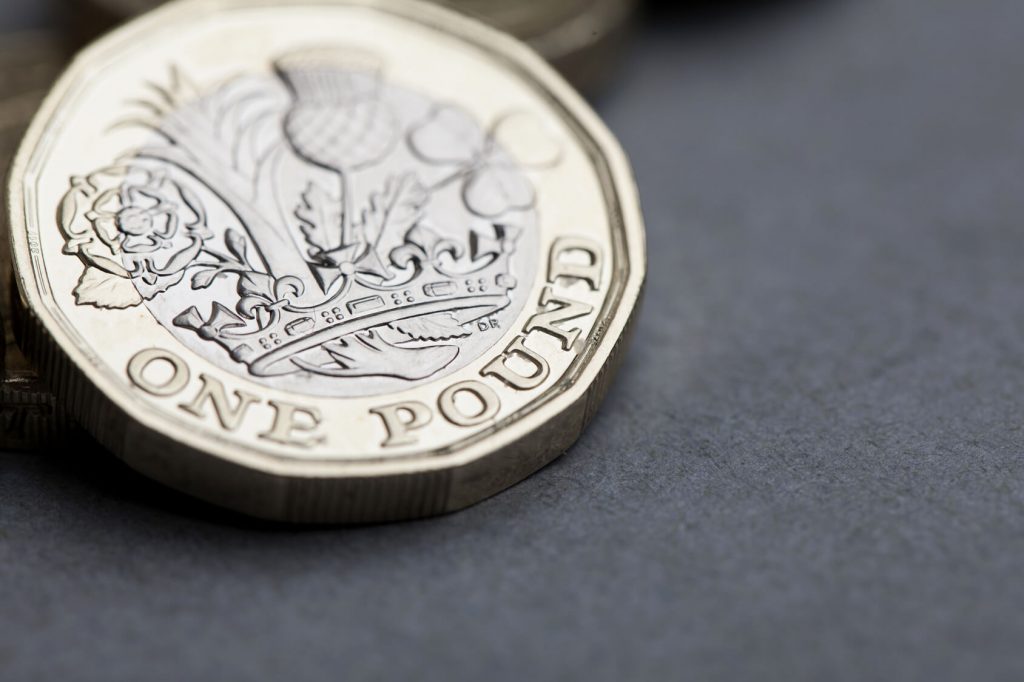It’s only natural for us to look forward to our next pay rise, and dream of the wonderful things we’d then be able to afford. Maybe there’s that big holiday we’ve been promising ourselves. Or maybe we want to clear some debts. If we’re doing some retirement planning, maybe we want to save a bit more for a comfortable retirement.
There’s no doubt that pay rises are important. At the very least, we’d like our income to keep pace with inflation. We also hope to be recognised and rewarded for our achievements, and pay rises help with that.
But it’s important to remember that there are two sides to the cashflow coin. If our spending goes up just as fast as our income, then we’re only standing still financially. Looking at it the other way round, cutting down on spending can have the same financial effect as an increase in income.
Trim Those Costs

Let’s be clear: cutting down on spending on life’s pleasures is not our goal. It may be prudent, but it’s not our goal. In fact, we’d like to be in a position to spend more on the good things in life. If we can reduce the costs associated with life’s necessities, then we’ll have more left over for luxuries. There are many ways in which cost savings can be found. Here are just a few examples:
- Switching to a cheaper energy supplier.
- Only subscribing to cable channels we actually use.
- Looking around for cheaper insurance for our car or home.
- Paying off high-interest loans as early as possible.
- Cutting down on uneaten food we throw away.
- Shopping around instead of impulse-buying.
Jane’s Pay Rise Example
Jane has 20 more years to go until she retires. Suppose she hopes to get an after-tax pay rise of £1,000. How valuable would that be to her? Over her remaining 20 years of work, she’d accumulate a further £20,000. Let’s assume that Jane’s average life expectancy today is 40 more years. Her £20,000 spread over 40 years would come to £500 per year.
Now let’s suppose that Jane didn’t get any pay rise at all. How could she make up for it? The answer is that she could look for cost savings of just £500 per year!
So for Jane, to have the same effect as £500 in cost savings, would she need a pay rise of £1,000? In fact it’s more than that, for a couple of reasons:
- A net pay rise of £1,000 means that it’s after tax. Jane would need a gross pay rise of £1,250 if she’s a basic rate taxpayer, or £1,667 if she’s a higher rate taxpayer.
- Jane’s costs can be expected to rise with inflation, so her cost savings would be inflation-proof. But with a pay rise, she’d need to continue to receive inflationary increases on her whole pay packet just to stand still.
The thing is, a cost saving has the potential of lasting a lifetime, whereas the benefit of a pay rise ceases after retirement, and diminishes over time due to inflation.
Getting Closer To Retirement

For most people, the value of a pay rise becomes less, the closer they get to retirement. The exceptions are for members of final salary or average salary pension schemes, for whom pay rises late in their careers can significantly boost their pensions. For others though, pay rises late in one’s career will be of lesser value, since there only a few years left in which to accumulate savings. As an example, a net pay rise of £10,000 just 1 year before retirement is worth just £10,000, whereas the same pay rise 10 years before retirement is worth 10 times as much, or £100,000.
The life expectancy of a person 1 year from retirement is typically around 20 years, and for someone 10 years from retirement around 28 years. To find out the cost savings that are equivalent to the pay rise, we need to multiple the pay rise by the number of years till retirement, and divide by life expectancy.
So someone who’s 1 year from retirement would need to make cost savings of just £500 per year to match a net pay rise of £10,000. Someone who’s 10 years from retirement would need to make cost savings of about £3,500 per year to match a net pay rise of £10,000. In both cases, the required cost savings are less than the net pay rise, but the difference is much bigger the closer we are to retirement.
Getting Our Cashflow Priorities Right
Whatever stage we’re at in our careers, there are long-term benefits to looking after costs. Not only will that leave more for enjoying ourselves now, but it will leave more for our eventual retirement. Relying solely on ever-increasing pay can mean we miss out on benefits that are more under our control. Using these cost-saving tips can help guide you to a more fruitful retirement. You can use our financial calculator to outline what you are currently spending and see how you can make more cost-saving changes to your lifestyle.’
EvolveMyRetirement® is the Intelligent Financial Calculator. It can help you keep track of your necessary spending. It can also help you find out how much you can afford to spend on luxuries, in a sustainable way. The complexity of retirement planning means that you should also seek the assistance of a qualified independent financial advisor.
